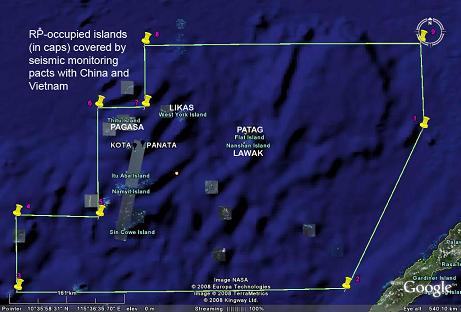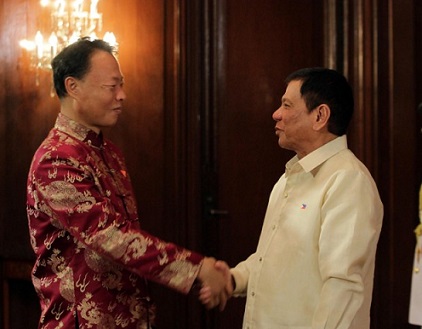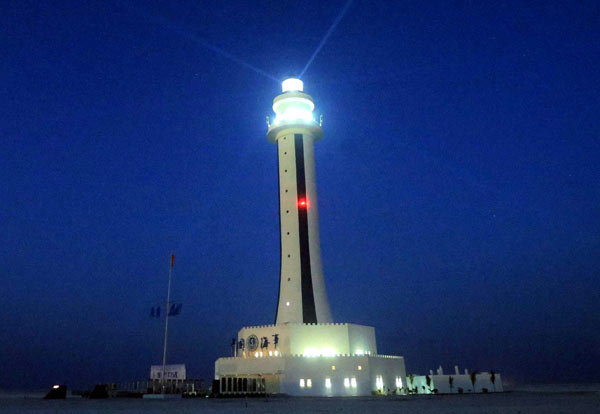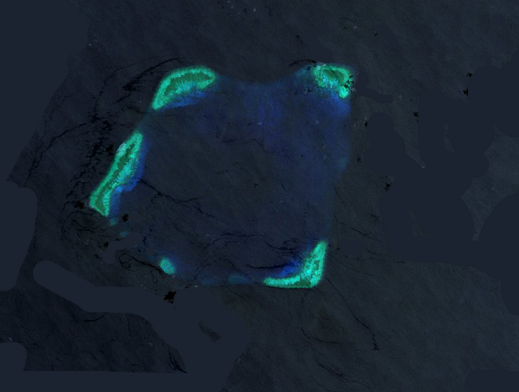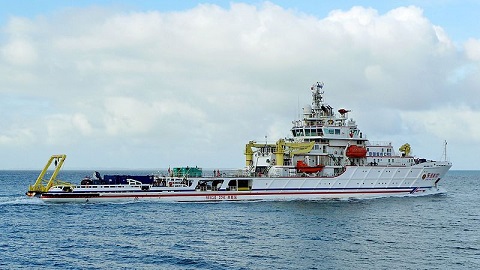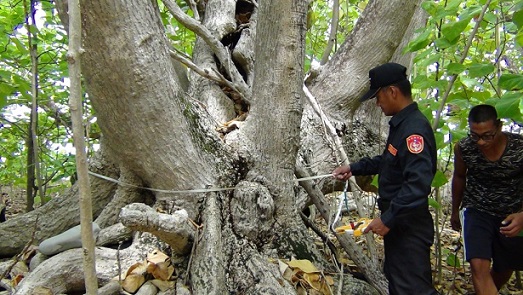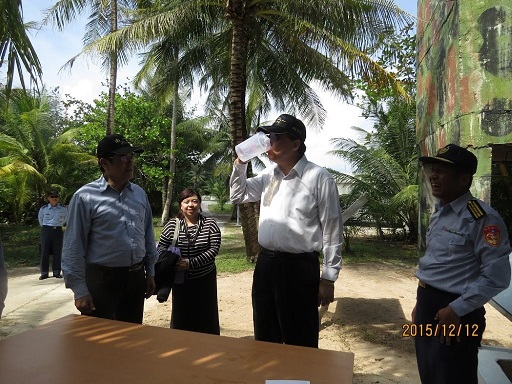Yasay, in his clarification about what he said in an interview with Agence France Presse last week, said, ““As the ruling will not address sovereignty and delimitation, it is possible that some time in the future, claimant countries might consider entering into arrangements such as joint exploration and utilization of resources in disputed areas that do not prejudice the parties’ claims and delimitation of boundaries in accordance with Unclos (United Nations Convention on the Law of the Sea).”
Even if the Philippines gets a favorable ruling Tuesday on the issues they raised against China before the United Nations Arbitral Court, there would still be a lot of complications about joint development of the disputed areas in the South China Sea.
The number one problem is China’s concept of “setting aside dispute and pursuing joint development.”
One of the resource materials on the issue in the website of the China’s Foreign Ministry, says “The concept of setting aside dispute and pursuing joint development has the following four elements: 1. The sovereignty of the territories concerned belongs to China. 2. When conditions are not ripe to bring about a thorough solution to territorial dispute, discussion on the issue of sovereignty may be postponed so that the dispute is set aside. To set aside dispute does not mean giving up sovereignty. It is just to leave the dispute aside for the time being. 3. The territories under dispute may be developed in a joint way. 4. The purpose of joint development is to enhance mutual understanding through cooperation and create conditions for the eventual resolution of territorial ownership.”
Yasay should clarify with China the statement “to set aside dispute does not mean giving up sovereignty” because the Philippine could be the one who would be giving up sovereignty over the disputed area to be developed. No two countries could have sovereignty over the same area.
In one of his lectures on the South China Sea, Senior Associate Justice Antonio T. Carpio pointed out that the Kalayaan Island Group (KIG) is part of Philippine national territory as defined in the Philippine Baselines Law (RA No. 3046, as amended by RA No. 5446 and RA No. 9522) and in Article 1 of the 1987 Philippine Constitution on the National Territory.
“Any President who concedes sovereignty over the KIG to China culpably violates the Constitution and commits an impeachable act,” he said.
Another problem would be the provision in the Constitution (Sec 2, Art XII) that states, “The exploration, development, and utilization of natural resources shall be under the full control and supervision of the State. The State may directly undertake such activities, or it may enter into co-production, joint venture, or production-sharing agreements with Filipino citizens, or corporations or associations at least sixty per centum of whose capital is owned by such citizens.”
China National Offshore Oil Corporation is state-owned.
Yasay should ask a briefing about the Joint Marine Seismic Undertaking (JMSU) that the Philippines, China and Vietnam undertook over a large portion of the Spratlys including Reed Bank near Palawan in 2004.A brainchild of former House Speaker Jose de Venecia, Jr. JMSU was first a joint exploration project between the Philippines and China as part of package of multi-billion dollar projects which include the Northrail, NBN-ZTE telecommunications deal and Zhongxing Technology Equipment (ZTE) Diwalwal mining project.
Then acting Justice Secretary Merceditas Gutierrez warned De Venecia and the DFA the Constitutional provision that “exploration” of Philippine natural resources be only by the State.
They were able to find a way to circumvent that provision by using the word “seismic undertaking.” Vietnam, which also claims parts of the area to be covered by the deal, later on joined the project.Findings in that “seismic undertaking” were supposed to be used in the next phase of the cooperation which was joint development.
In 2008, Bayan Muna partylist questioned the JMSU’s legality before the Supreme Court. In deference to the case filed by the Philippines before the U.N, the Supreme Court withheld decision on the JMSU case in order not to give China reason to cite it as proof that the Philippines had recognized its (China) ownership claim over the disputed area.
The U.N. court decision on Tuesday will not say who owns Scarborough shoal and the disputed rocks and shoals in the Spratlys.
The Philippines in its suit filed in January 2013, asked the arbitral tribunal to rule on three basic issues: the validity of China’s nine-dash lines; low tide elevations where China has built permanent structures should be declared as forming part of the Philippine Continental shelf; and the waters outside the 12 nautical miles surrounding the Panatag Island (Scarborough shoal) should be declared as part of the Philippine’s 200 nautical mile Exclusive Economic Zone.

